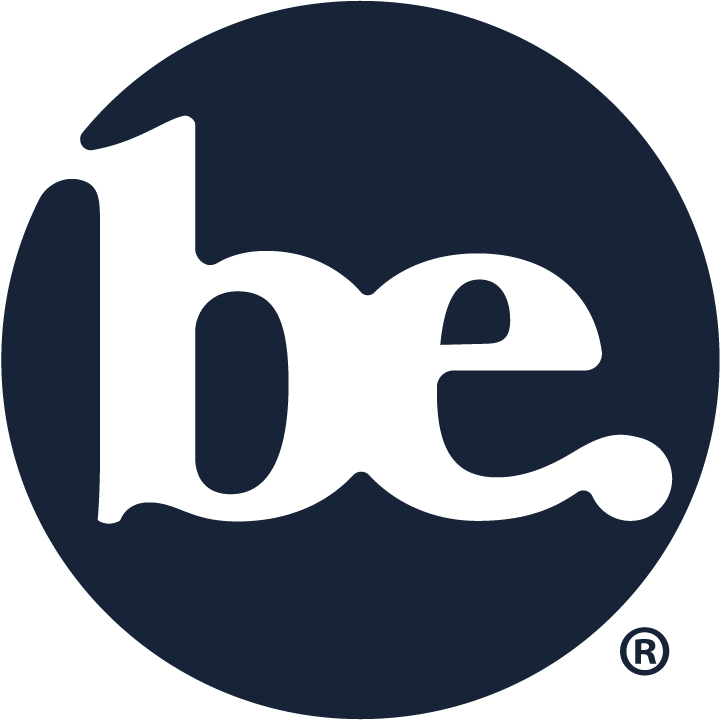Fed's historic hike will affect housing markets
The pendulum was bound to swing after a prolonged period of low rates and cheap money, but few expected the rapid rise in mortgage rates the U.S. h
as seen in the first half of 2022.
With Covid-induced supply chain issues, high demand and the war in Ukraine combining to support already pervasive and persistent inflation, the Federal Reserve has reacted with aggressive rate hikes, including a 75-basis point move June 15. The 10-year treasury yield immediately climbed to its highest level since 2011. Two-year rates are up as well, and the resulting "inverted" yield curve often augurs recession.
In the meantime, 30-year mortgage rates have risen to their highest levels since 2008, in the darkest days of the Great Recession.
In order to stabilize prices while not hurting employment, the Fed expects to increase interest rates very rapidly in the coming months. Fed Chair Jerome Powell hinted another 75-basis point hike could be coming as early as July.
The rate the Federal Reserve Board sets is the “Fed Funds rate,” a baseline rate banks charge to borrow from each other.
Over time, all borrowing rates do tend to go in the same direction, but fixed rate mortgage interest rates are actually more closely linked to mortgage-backed securities and treasury yields. In general, as yields drop or rise, so do fixed mortgage rates.
Today's higher mortgage rates are happening amid a booming economy and record low unemployment. With the Fed trying to cool things down, it means a probable prolonged period of higher rates and a lack of refinance activity.
With mortgage rates surging and home prices sky-high, affordability has deteriorated considerably. It would be reasonable to expect some softening in purchase demand, as well.
Those who can afford to buy homes will likely have a lot more homes to choose from. The bidding wars and contingency waivers so prevalent during the coronavirus housing boom of the past two years should soon dissipate considerably.
As always, a borrower’s personal fixed mortgage rate will also be affected by other factors, including credit scores, down payment, debt-to-income ratio, and fees.
Bay Equity's clients are fortunate to have some of the best mortgage operators in the business. During times like these, Bay Equity turns to the Core Values that have seen it through the ever-changing housing market since opening its doors in 2007.
Bay Equity's growth relies on providing exceptional customer service and innovative programs while positively impacting the communities that it serves. Today, these fundamentals are more important than ever. Rates will go up and rates will go down. Good companies and good Loan Originators do things to help their borrowers regardless of the variables.
Raising rates often leads to economic downturn: Fewer people can afford homes and fewer businesses can afford to invest. Powell believes today's policy tools have become more nuanced, and Fed policy makers should be able to negotiate a "soft landing." Many economists - and homebuilders - do not share his optimistic outlook.
Single-family houses accounted for about 64% of new construction in April, well below its historic average. Starts fell 7.3% to an annual rate of 1.1 million.
Builders are putting more focus on big projects with lots of rental units to try to satisfy demand. Starts on multifamily projects are up a whopping 16.3%.
